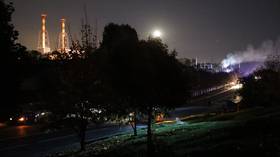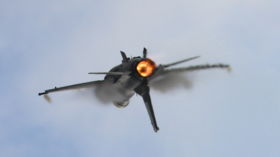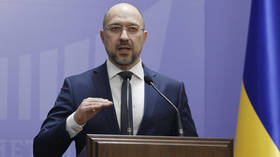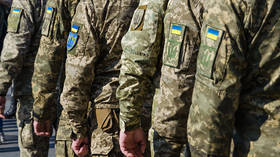ISS crew get ‘rollercoaster’ ride back to earth on Russia’s Soyuz (VIDEOS)
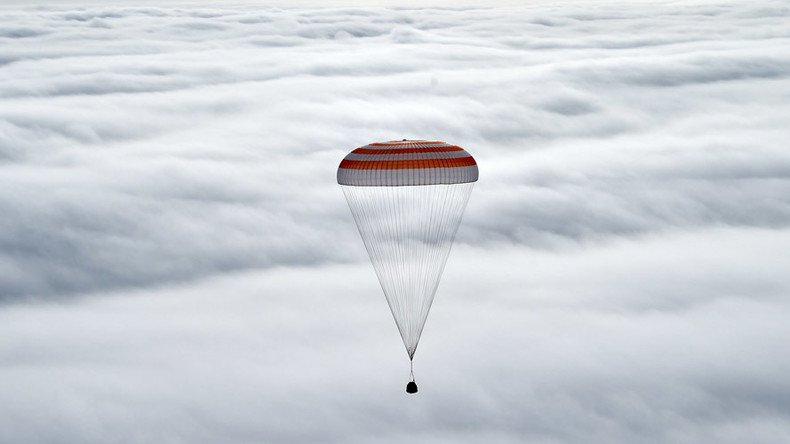
The space odyssey of three International Space Station astronauts is ending with a “rollercoaster ride” back to Earth in a blazing Soyuz spacecraft capsule – a journey that’s still dramatic, despite a history of almost 130 manned missions.
The Soyuz has already undocked from the International Space Station (ISS). It is carrying a crew of three back to Earth: ESA astronaut Tim Peake from Britain, NASA’s Tim Chopra and Russian cosmonaut Yuri Malenchenko.
2 orbit burns complete as #SoyuzTMA19M moves away from @Space_Station - 21 mins until debris burn pic.twitter.com/44MupHWLxT
— ESA (@esa) June 18, 2016
The European Space Agency (ESA) astronaut has spent 186 days on the International Space Station (ISS), exploring the effects of weightlessness on the human body and snapping incredible pictures of the world’s natural wonders – all while orbiting at speeds of 28,800 km/h.
Our #Soyuz is prepped and ready to return to Earth -- and so are we! Such an incredible adventure. @Space_Stationpic.twitter.com/FBS2kx9uw9
— Tim Kopra (@astro_tim) June 18, 2016
In 1957, the Kazakhstan site launched Sputnik 1, the first satellite in space.
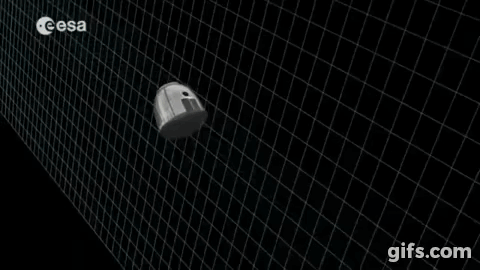
The three astronauts may catch a second glimpse of the base on reentry, as their spacecraft Soyuz TMA-19M is to touch down in the nation’s desert steppe. However, Tim Peake is expected to fly directly from Kazakhstan to the ESA’s European Astronaut Centre in Cologne, Germany.
The trip back to earth is expected to take more than three hours, from undocking at the ISS to when the Soyuz parachute deploys at an altitude of 120 km, guiding the astronauts back to earth with a bump.
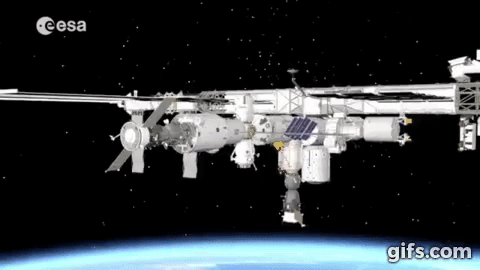
During the reentry, the astronauts will huddle in a capsule within the Russian made spacecraft, but not before salt loading to ward off fight dehydration. The group may also need to stock up on sick bags - for space travel is a rocky ride.
Travelling at the speed of a bullet, the Soyuz craft will begin to slow down as it shoots through the earth’s atmosphere - a “natural break” mechanism. It is at this stage that Peake will also be smashed back into his seat by a force of 4-5g.
Engine thrusts in the opposite direction of travel also help to reduce speed on reentry. The descent must be calculated precisely, since any hiccups could see the astronauts fly further into space.
ESA astronaut Frank De Winne has experienced the arduous fall back to earth, which he describes as a “scary” event.
“If we don’t burn enough, then we still have too much speed and we will still be too high in the atmosphere… we can actually skip off the atmosphere and then go further into space,” he explains in a ESA video about the landing process.
“At the end of the atmospheric reentry you really start hearing the noise of the wind [outside]... you’re almost breaking the sound barrier.”
READ MORE: Space Odyssey: Tim Peake’s most spellbinding pictures from the ISS so far (PHOTOS)
The Belgian astronaut said the parachute deployment is one of the only parts of the journey that the Soyuz crew have no control over.
“The crew does not have a manual override, so this is only an automated system. So far it has always worked and we also have a backup parachute that can help us in case the main would not open.”
“But it is also a very violent moment - you can imagine, this 2,000 kilogram capsule soaring at the speed of sound… then all of a sudden you have a parachute that opens on the side… it’s almost like a yoyo.”
A schedule for the entry shows that undocking begins at about 05.51GMT, with touchdown planned roughly three and a half hours later.
At one point, the Soyuz craft will separate into three parts: the astronauts heat shielded capsule plummeting home while the orbital module and service modules - now defunct - burn up in temperatures of around 1,600 degrees celsius.
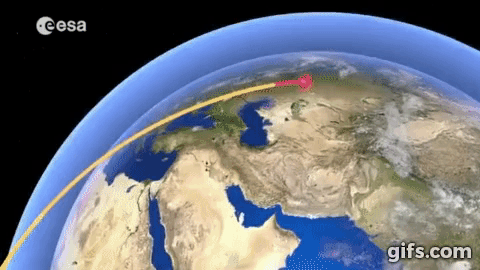
Tim Peake has become something of a viral star during his Principia mission. The former British army pilot has completed a marathon on the ISS and beamed back numerous shots of the world from the lap of the gods.
Geographic software company ESRI UK has created an interactive world map showing the areas pictured by Peake from space.
“Russia's north-east coast”
— Esri UK (@esriuk) June 16, 2016
Explore more of @astro_timpeake's photos using our map https://t.co/eG87DyqZdP@esapic.twitter.com/pYfYzChsrk
Time to put on some weight! What an incredible journey it has been– thank you for following & see you back on Earth! pic.twitter.com/ffAhPvsAFv
— Tim Peake (@astro_timpeake) June 17, 2016




